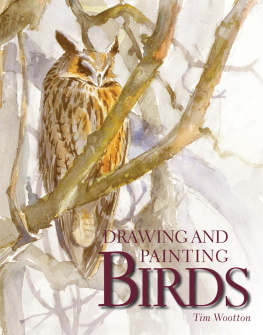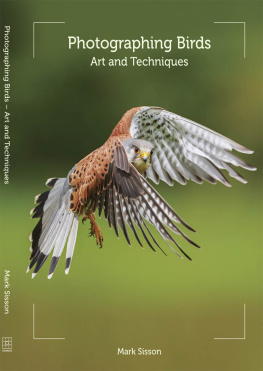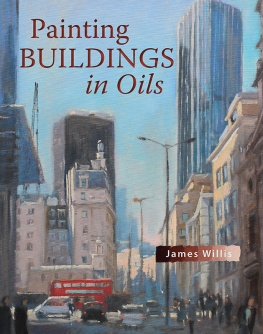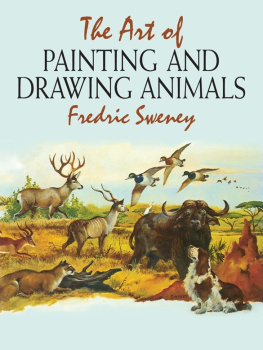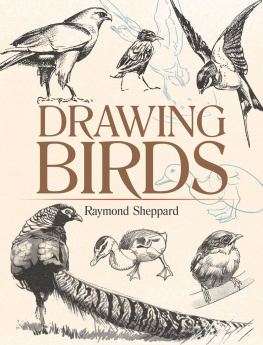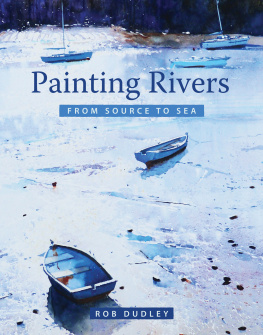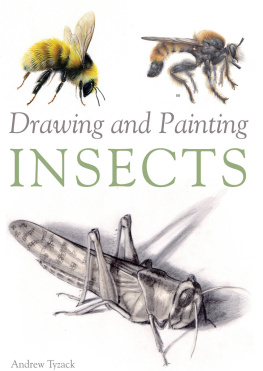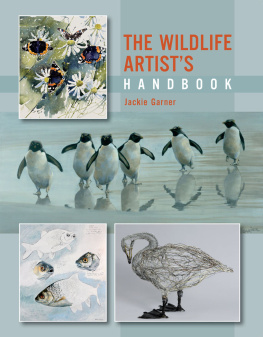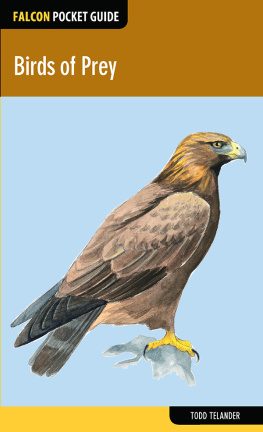
Tim Wootton: Sedge Warbler Hunting.
First published in 2010 by
The Crowood Press Ltd
Ramsbury, Marlborough
Wiltshire SN8 2HR
www.crowood.com
This e-book first published in 2015
Tim Wootton 2010
All rights reserved. No part of this publication may be reproduced or transmitted in any form or by any means, electronic or mechanical, including photocopy, recording, or any information storage and retrieval system, without permission in writing from the publishers.
British Library Cataloguing-in-Publication Data
A catalogue record for this book is available from the British Library.
ISBN 978 1 78500 053 9
Dedication
For Mum.
Acknowledgements
I would like to extend my unbridled gratitude to all the artists who provided such a sumptuous collection of work indeed enough to fill at least another three volumes which provided both regular entertainment and distraction from the task of writing as the visual delights teemed through my letterbox and populated my electronic mailbox. Although I would hope the reader finds some worth in the text, I have no doubt it will be the artwork of these wonderful people which will captivate most of all.
New acquaintances were made with personal heroes and old friendships were cemented during the many supportive emails and telephone calls which were a great help during the writing of the book. Mr John Busby offered quiet but sage advice and a gentle nod of approval when presented with my preliminary scrawling; international assistance flooded in from colleagues in America and Europe, and Nick Derry, John Threlfall, Paschalis Dougalis, Andy Ellis and Ed Keeble always made themselves available for comment and to offer moral support. Katrina van Grouw said all the right things at the important times, especially at the outset. Thanks all.
Thanks also to John Huddlestone of the Estate of C.F. Tunnicliffe and Ken Broughton of the C.F. Tunnicliffe Society, Alex Fischer and Kate Carson at Robert Batemans office in Canada, Rhian Rowson (Bristol Museum), Jennifer Downes (University of Aberdeen) and Alison Harding (Natural History Museum at Tring).
My heartfelt appreciation and very special thanks to Sally for continually holding the family-fort during the not inconsiderable stresses of living with this fledgling author she is definitely first in line if there are any medals to be handed out.
And my sincere apologies to anyone I may have inadvertently missed from this list.
CONTENTS

CHAPTER 1
WHY PAINT BIRDS?
The very idea of a bird is a symbol and a suggestion to the poet. A bird seems to be at the top of the scale, so vehement and intense his life The beautiful vagabonds, endowed with every grace, masters of all climes, and knowing no bounds how many human aspirations are realized in their free, holiday-lives and how many suggestions to the poet in their flight and song!
John Burroughs
I hope you love birds too. It is economical. It saves going to heaven.
Emily Dickinson
Of all our fellow inhabitants of planet Earth, birds are among the most admired, revered and envied. Birds have appeared in art for many thousands of years and our fascination with them continues. But what is it that draws us to paint the bird as a subject?

Tim Wootton: Trouble at tMill.
There are probably as many individual reasons for wanting to paint birds as there are individuals wishing to do so. They can be elegant and beautiful; they dazzle us with their aerial dexterity and fascinate us with their complex behaviour; and there is much else that appeals to us. My personal obsession with all things bird-related started when I was a very young lad, stumbling upon a grey, slightly pendulous ball a moss and lichen construction, bound by gossamer and secreted in the spiny tangle of a bramble bush. Doing what boys did back in the dark ages, I squirmed my way through to see what was inside this tiny pouch. It was a long-tailed tits nest and inside there happened to be baby long-tailed tits seemingly dozens of them. I took one out of the nest and just looked at it, totally amazed at something so absolutely tiny and so perfectly finished, albeit tail-less. It had the cutest belligerence and from that moment Ive been bird-mad.
If Im ever asked what I was first, an artist or a birdwatcher, Im really not sure. It has always seemed to be such a natural and obvious process for me to see something whilst out of doors and then to want to make a representation of that thing.

Tim Wootton: long-tailed tit.
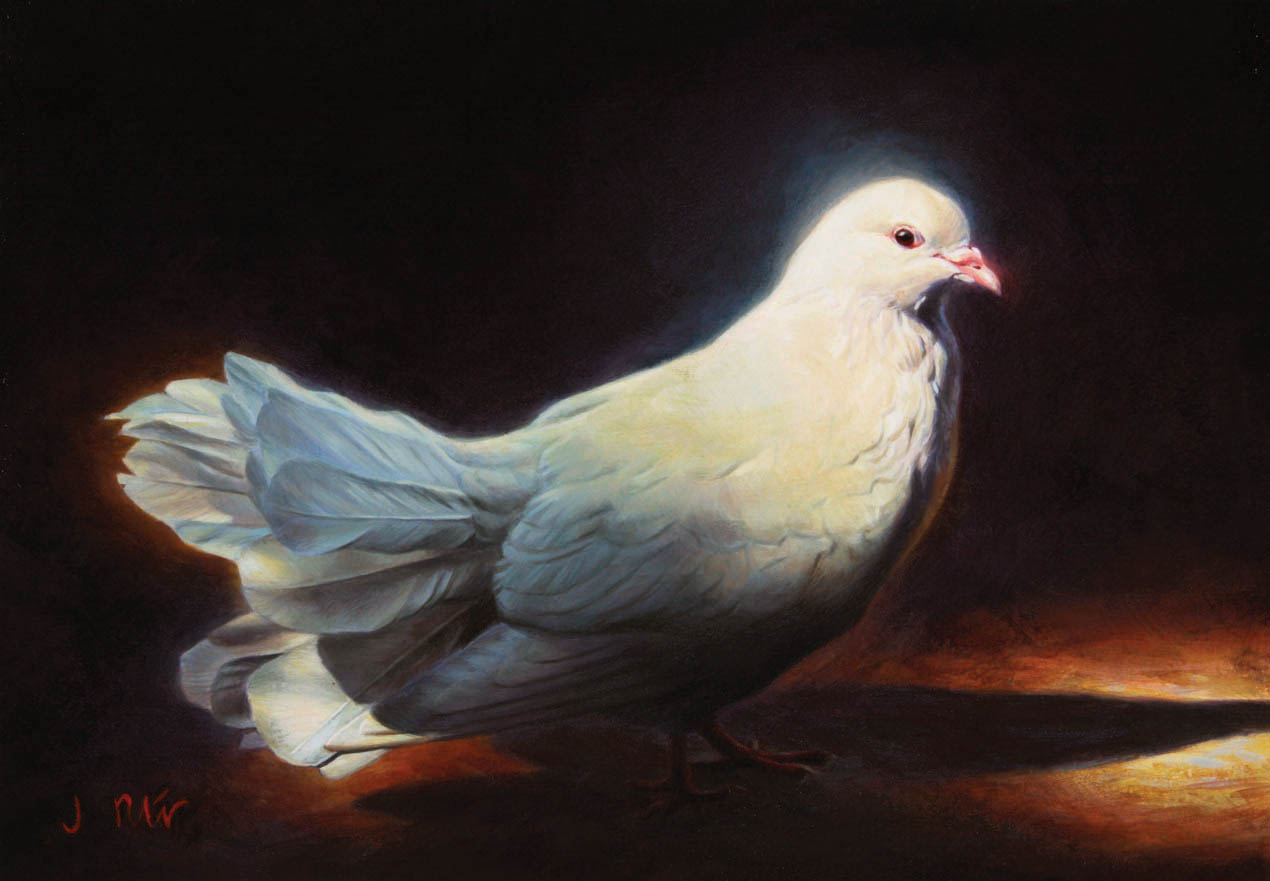
Jonathan Pointer: white dove. Pigeons have been kept since medieval times for their eggs and their meat; much selective breeding has been undertaken to produce the fancy domestic types that are around today.
I appreciate that many others will come to drawing and painting birds from a different perspective. You could already be an experienced artist looking to expand your portfolio; perhaps youre a birdwatcher wishing to increase your enjoyment of your hobby; or maybe youve just had one of those moments of revelation, something akin to my childhood experience with a nestful of baby long-tailed tits.
I remember working as a volunteer warden for the RSPB at Loch Garten in the highlands of Scotland. The job of the volunteers was to mount a twenty-four-hour vigil on the ospreys nest, in case of attack from egg-thieves. But another aspect of the job was to help visitors to the nature reserve locate the ospreys whenever the birds returned from a fishing trip. We had remote cameras overlooking the nest and images were relayed back to the Visitor Centre, which people would watch. But after a few minutes of looking at a TV screen with an osprey just lying there, gasping in the sun or more often hunkered down against the wind and rain, people would get bored and wander around. But whenever a bird came in carrying a fish well, that was a different story. Some would rush for binoculars and telescopes; others would crowd around the screen and watch the fish being fed to the chicks and almost immediately afterwards there would be a surge towards the RSPB membership recruitment desk. They had caught the birding bug!
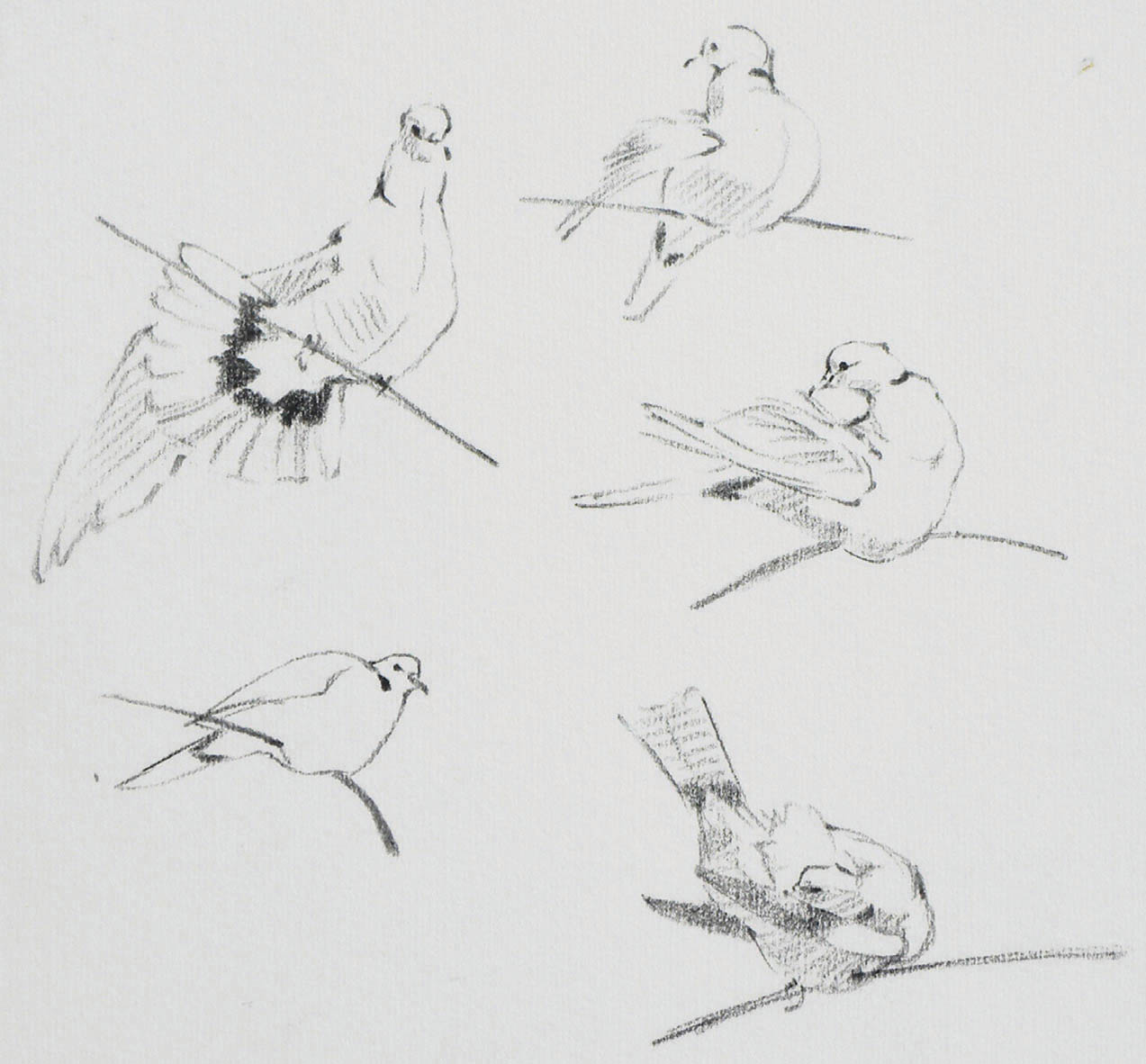
John Busby: studies of collared doves. Drawings made from the living bird as it preens and stretches during its afternoon toilet. A passionate and knowledgeable birder, John views the subject from the artists perspective, approaching landscapes and writing with the same verve and enthusiasm he brings to his birds. Everything about his drawings is perfectly balanced and beautifully formed.
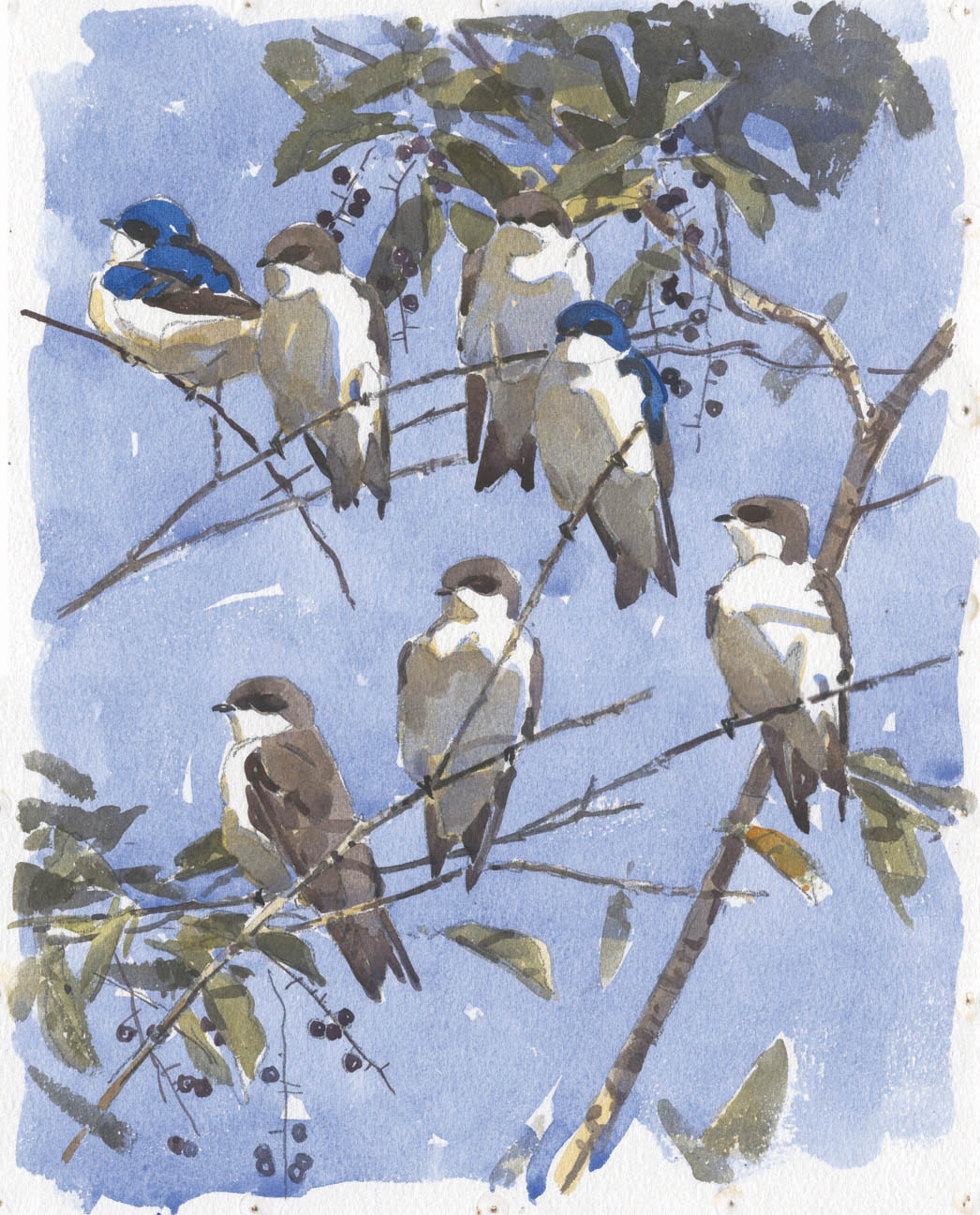
Next page
